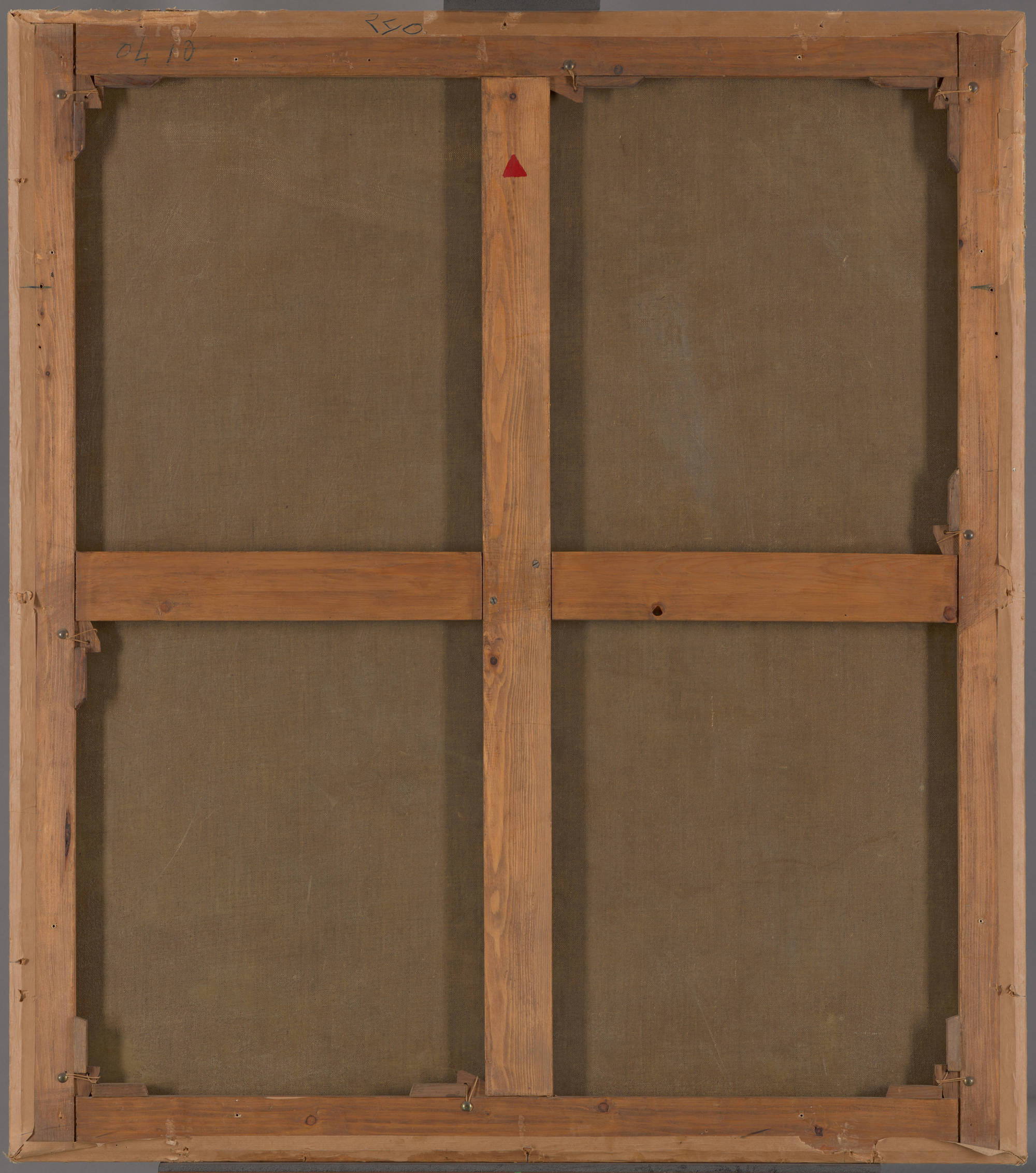

Transferir imagem
The entire collection of the Mauritshuis is available to download in high resolution.
For publications, please use a creditline, including 'Mauritshuis, The Hague'. More information.


Transferir imagem
The entire collection of the Mauritshuis is available to download in high resolution.
For publications, please use a creditline, including 'Mauritshuis, The Hague'. More information.


Transferir imagem
The entire collection of the Mauritshuis is available to download in high resolution.
For publications, please use a creditline, including 'Mauritshuis, The Hague'. More information.


Transferir imagem
The entire collection of the Mauritshuis is available to download in high resolution.
For publications, please use a creditline, including 'Mauritshuis, The Hague'. More information.
